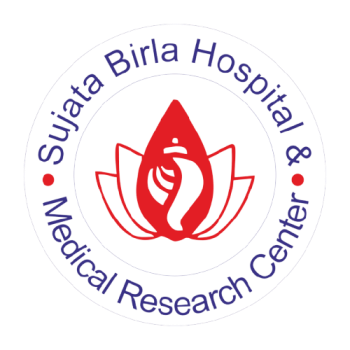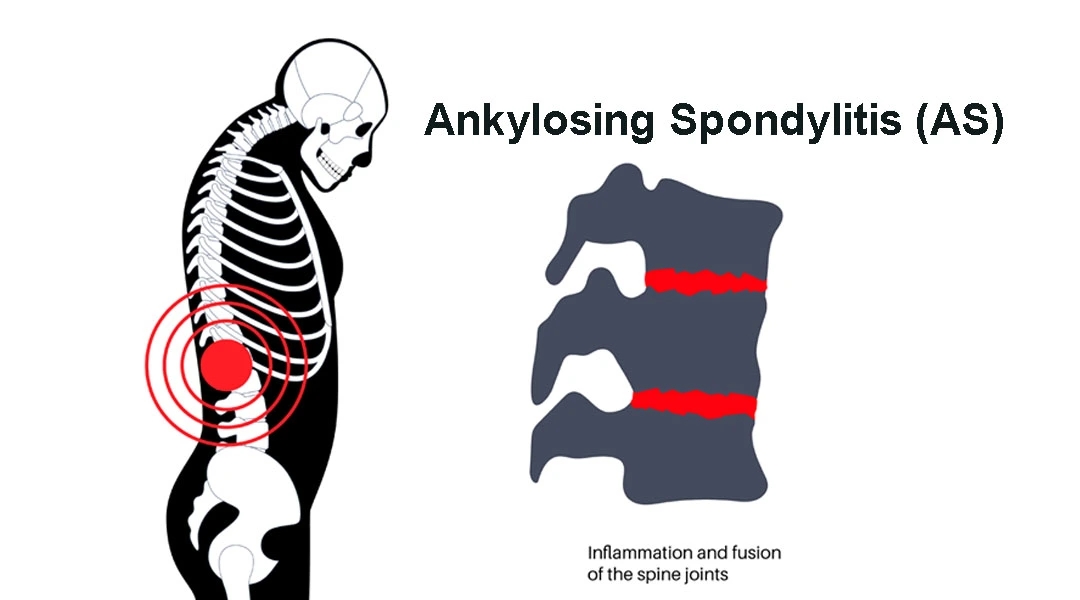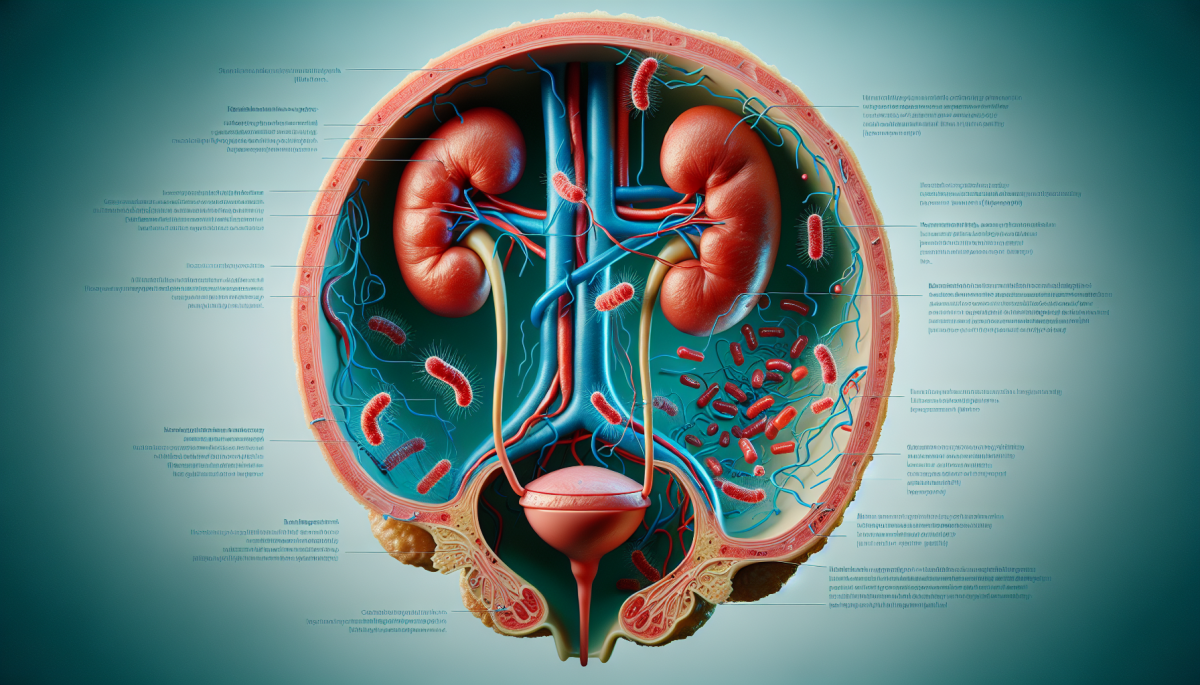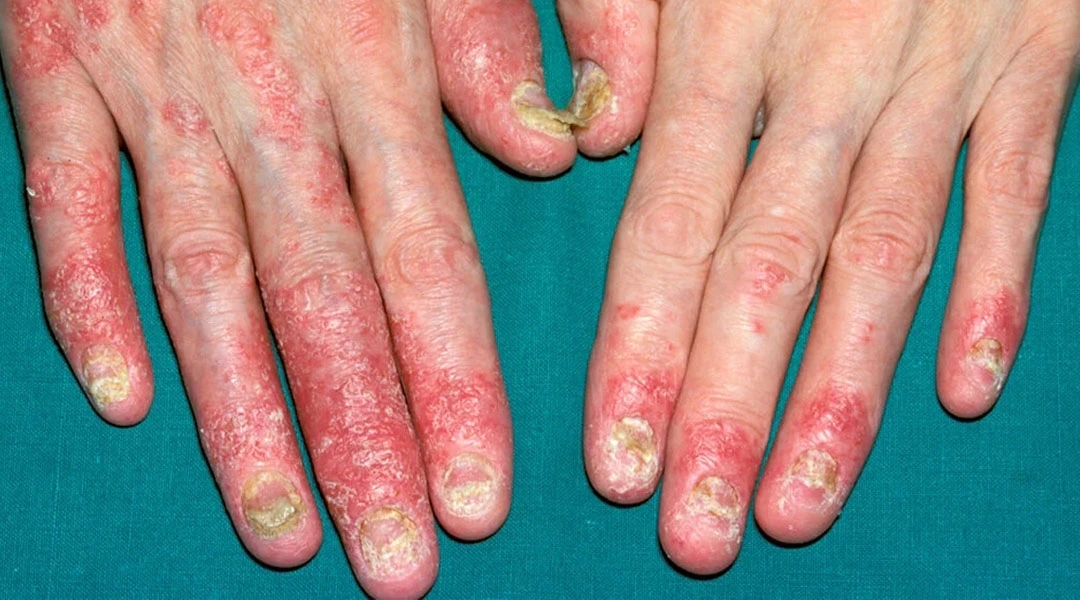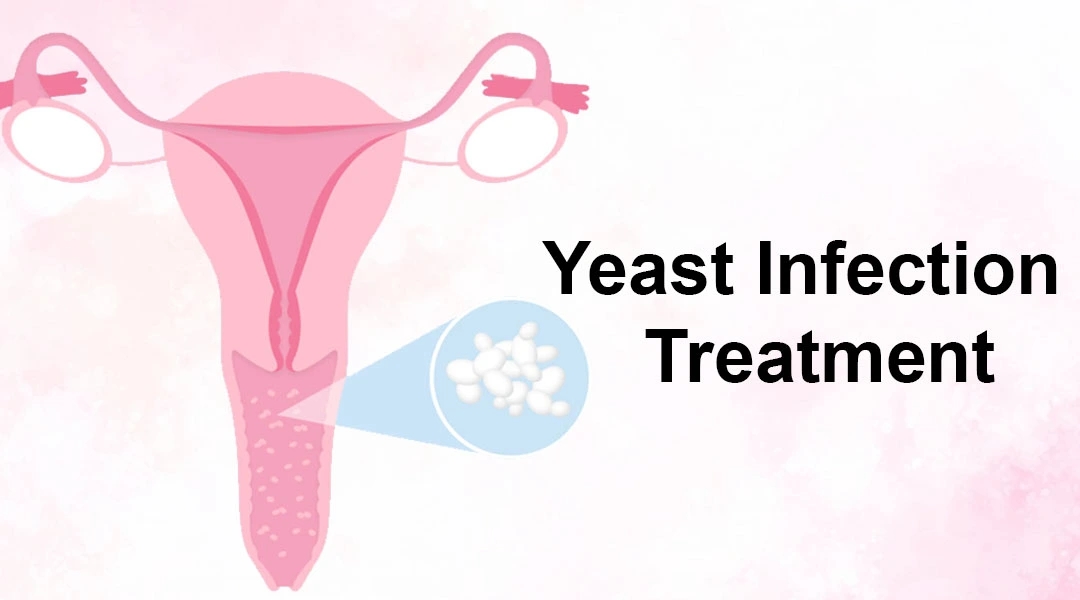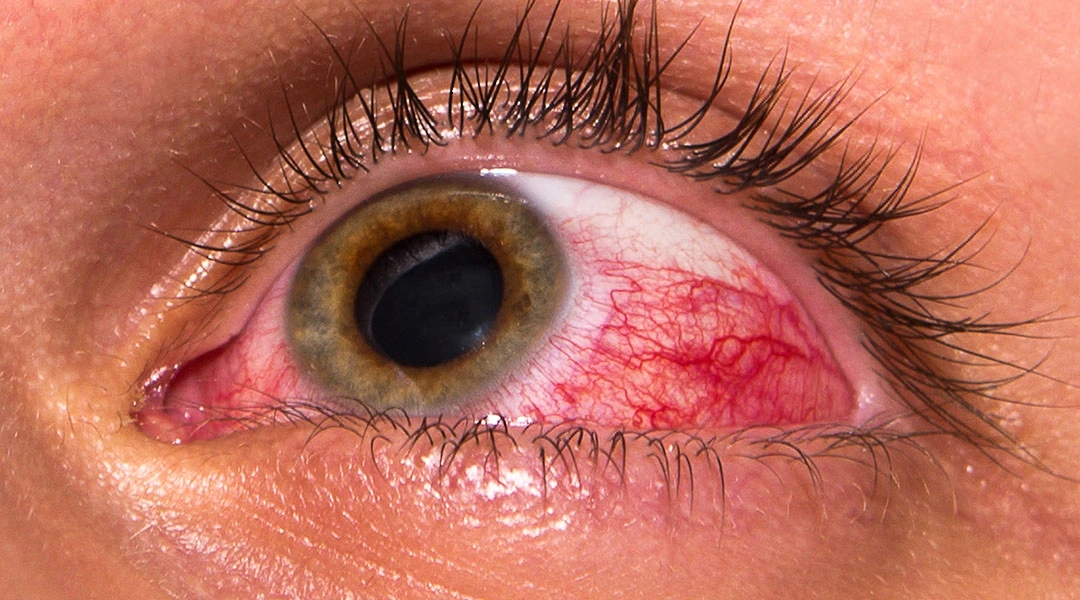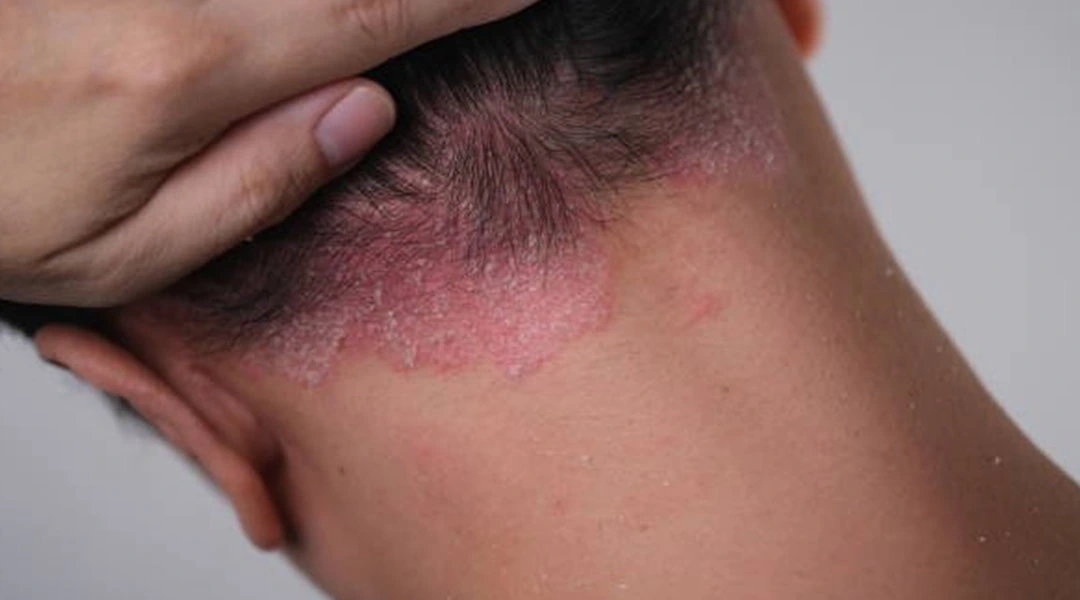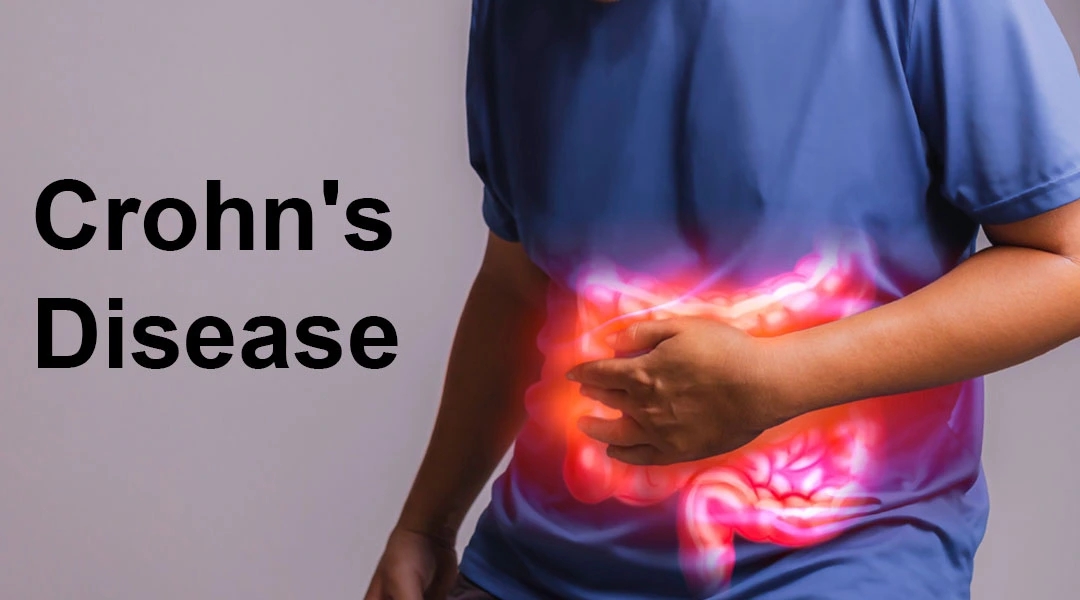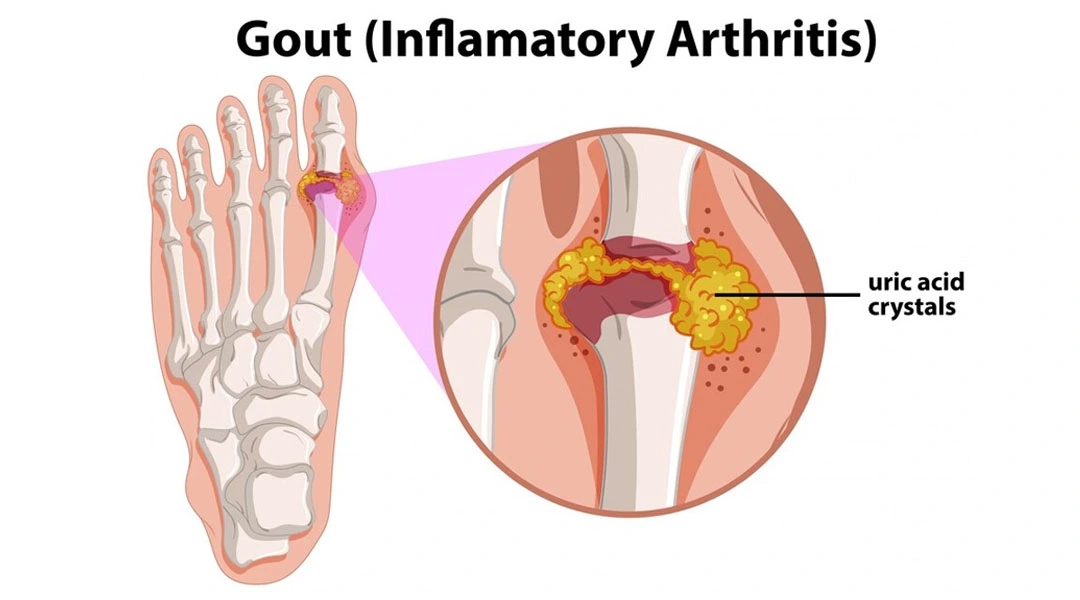Systemic Lupus Erythematosus (SLE) is a chronic autoimmune disease that can affect multiple organs and systems in the body. It is characterized by inflammation, tissue damage, and the production of autoantibodies that target the body’s own tissues. SLE can vary widely in its presentation and severity, making it a complex condition to manage.
Author: sujatabirlahospital
Ankylosing Spondylitis (AS)
Ankylosing spondylitis (AS) is a chronic inflammatory disease primarily affecting the spine and sacroiliac joints, characterized by pain, stiffness, and eventual fusion of the vertebrae. This condition falls under the category of spondyloarthritis, a group of rheumatic diseases that share similar features.
Symptoms and Progression
The hallmark symptom of Ankylosing spondylitis (AS) is back pain and stiffness, typically worse in the morning or after periods of inactivity. This stiffness often improves with movement and exercise. Over time, the inflammation can lead to the formation of new bone, causing the vertebrae to fuse together, resulting in a loss of mobility and flexibility in the spine. AS can also affect other joints such as the hips, shoulders, and knees, as well as other organs like the eyes, heart, and lungs.
Know more Ankylosing Spondylitis (AS)
Understanding and Treating Urinary Tract Infections (UTIs)
Urinary tract infections (UTIs) are common bacterial infections that affect the urinary system, including the bladder, kidneys, ureters, and urethra. While UTIs can be uncomfortable and disruptive, they are typically treatable with prompt medical intervention. This article aims to provide an overview of UTIs, including their causes, symptoms, diagnosis, and treatment options.
Understanding UTIs:
UTIs occur when bacteria enter the urinary tract and multiply, leading to inflammation and infection. The most common bacteria responsible for UTIs is Escherichia coli (E. coli), which is normally found in the gastrointestinal tract. UTIs can affect individuals of all ages and genders, but they are more prevalent in women due to their shorter urethra, which allows bacteria easier access to the bladder.
Psoriatic Arthritis (PsA)
Psoriatic arthritis (PsA) is a chronic autoimmune disease that affects millions worldwide. It’s a unique form of inflammatory arthritis that often accompanies psoriasis, a skin condition characterized by red, scaly patches. PsA can impact various joints in the body, causing pain, stiffness, swelling, and reduced mobility. Understanding PsA involves delving into its symptoms, causes, diagnosis, treatment, and management strategies.
What are the five forms of psoriatic arthritis?
Yeast Infection Treatment
east infections, also known as candidiasis, are caused by the overgrowth of a fungus called Candida. While commonly associated with vaginal yeast infections, they can also affect other parts of the body, including the mouth, skin folds, and even the bloodstream in severe cases. Yeast infection treatment typically involves antifungal medications and self-care measures to relieve symptoms and prevent recurrence.
Antifungal Medications:
The cornerstone of yeast infection treatment is antifungal medications. These drugs work by killing the Candida fungus or inhibiting its growth. Over-the-counter (OTC) antifungal creams, suppositories, or tablets are often effective for treating mild to moderate vaginal yeast infections. Common active ingredients include clotrimazole, miconazole, and tioconazole. For more severe or recurrent infections, prescription-strength antifungal medications may be necessary, such as fluconazole, ketoconazole, or itraconazole.
Know more https://www.birlahospital.com/yeast-infection-treatment/
Mesothelioma
Mesothelioma is a rare and aggressive cancer primarily caused by exposure to asbestos fibres. Asbestos, a naturally occurring mineral known for its heat resistance and durability, was widely used in various industries such as construction, shipbuilding, manufacturing, and automotive until its health risks became widely recognized.
The main cause of mesothelioma is inhalation or ingestion of asbestos fibres. When disturbed, asbestos releases microscopic fibres into the air, which can be easily inhaled or ingested by individuals nearby. Once inside the body, these fibres can penetrate the protective lining of internal organs known as the mesothelium
known more about mesothelium
Dry Eyes
Dry eye disease affects the layers of tears that cover the cornea. It occurs when you do not have enough tears or when they vanish too rapidly. Symptoms include burning, itching, and a gritty sensation in your eye. You may need to attempt a variety of therapies, such as eye drops and procedures, before finding a solution that works for you.
What is dry eye?
Dry eye is a disorder that affects your tear film, which consists of three layers of tears that cover and protect the surface of your eyes. To see clearly and comfortably, you’ll need a smooth, solid tear film. Burning, stinging, wetness, and blurred vision are all possible symptoms of tear film disruption.
Many causes can hinder your tear film from operating properly, resulting in dry eye.
Scalp Psoriasis
Scalp psoriasis is a chronic autoimmune skin condition characterized by red, itchy, and scaly patches on the scalp. It occurs when the immune system mistakenly attacks healthy skin cells, causing an overproduction of skin cells that accumulate on the surface. While there is no cure for scalp psoriasis, various treatments can help manage symptoms and improve the quality of life for individuals affected by the condition.
Symptoms of Scalp Psoriasis
- Red, inflamed patches on the scalp.
- Silver-white scales or plaques covering the affected areas.
- Itching, burning, or soreness on the scalp.
- Dry, cracked skin that may bleed.
Know the Causes and Triggers Scalp Psoriasis
Crohn’s Disease
Crohn’s disease is a chronic inflammatory condition that primarily affects the gastrointestinal tract. Named after Dr. Burrill B. Crohn, who first described the condition in 1932, Crohn’s disease is one of the two main types of inflammatory bowel disease (IBD), the other being ulcerative colitis. It can affect any part of the digestive system, from the mouth to the anus, but most commonly involves the small intestine and the beginning of the large intestine (colon).
Crohn’s disease presents with a variety of symptoms that can range from mild to severe. These may include Crohn’s Disease Symptoms
Treatments For Gout
Gout is a type of arthritis characterized by sudden and severe attacks of pain, redness, swelling, and tenderness in the joints, most commonly affecting the big toe. It occurs due to the accumulation of uric acid crystals in the joints, leading to inflammation and pain. Treatments for gout aim to relieve symptoms, prevent future attacks, and reduce the risk of complications such as joint damage and kidney stones.
Here’s a comprehensive overview of treatments for gout:
